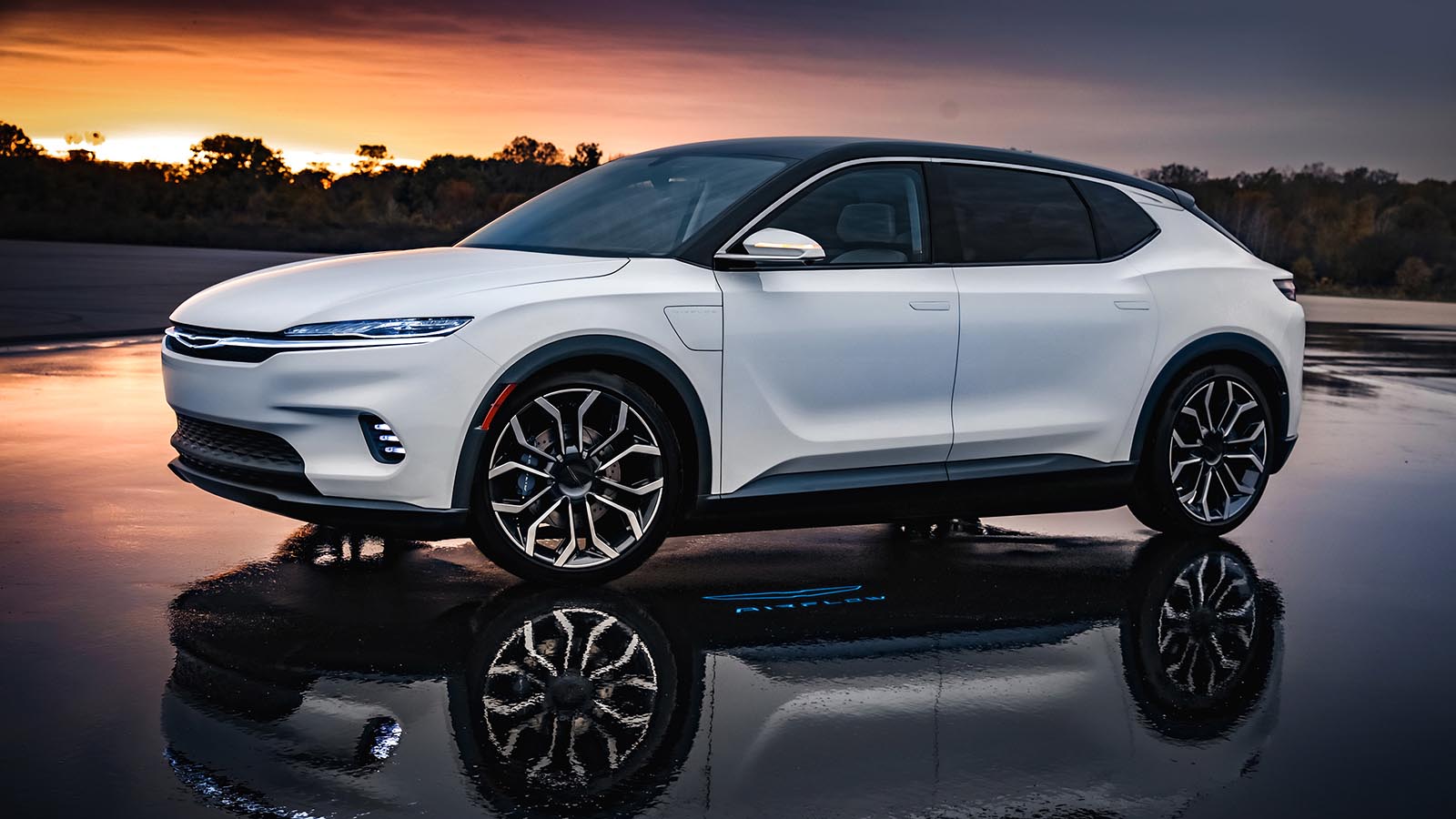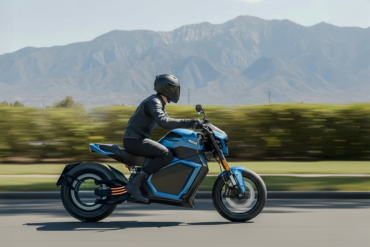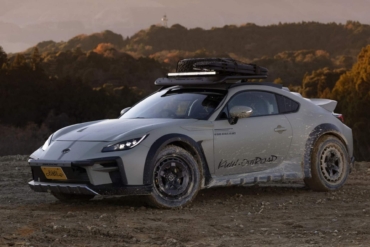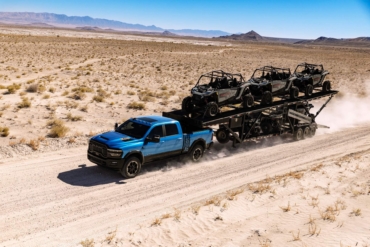Remember Chrysler? Don’t be surprised if it takes a second. Once one of America’s best-known automotive marques has all but vanished from the public consciousness in recent years.
But Chrysler’s new parent, Stellantis, is determined to bring the brand back. And the all-electric Chrysler Airflow Concept debuting at this week’s Consumer Electronics Show (CES) gives us a good look at what’s coming.
Borrowing its name from a revolutionary Chrysler sedan of the 1930s, the Airflow is a concept in name only. While there will be a number of tweaks to come, look for a production model to make its debut for the 2025 model year, 100 years after the company’s founding. The Airflow will mark the transition to an all-electric brand by 2028.
“The Chrysler Airflow Concept represents the future direction of the Chrysler brand, providing a peek at the dynamic design, advanced technologies, and seamless connectivity that will characterize the full-electric portfolio we plan to reach by 2028,” said Christine Feuell, Chrysler Brand Chief Executive Officer for Stellantis.

Chrysler History
Founded in 1925 by Walter P. Chrysler, the Chrysler brand once produced some of America’s top-selling nameplates. But, over the past few decades, its lineup steadily pared back. Today, it offers just two models: the Pacifica minivan and the nearly forgotten 300 sedan.
In recent years, one of the big questions has been whether the brand will be abandoned entirely. That’s not something easy to dismiss, considering that Stellantis — the company formed by the merger of Fiat Chrysler Automobiles and France’s PSA Group — has 13 other brands to keep running.
Last year, CEO Carlos Tavares said he has no immediate plans to eliminate any of those marques — but whether Chrysler survives long-term could depend on public response to the Airflow concept.

Chrysler Airflow Concept
Visually, the Airflow concept doesn’t readily fall into any familiar category. It sits lower and wider — riding on 22-inch wheels and tires — than the typical crossover, with aggressively angled front and rear glass. The hood and doors, by contrast, are gently sculpted.

As is the norm with today’s battery-electric vehicles, there’s no conventional grille, though there is a small one below the front bumper to feed cooling air to the battery pack and the motors mounted below the load floor.
Slit-like headlamps connect via a narrow lightbar, and a crystal taillight assembly stretching across the rear end completes the picture.
For those who remember the glory days of Chrysler, the overall look is likely to recall the days when it went up against high-line brands like Cadillac and Lincoln.

The feel carries over to the interior, which strikes a balance between high-tech and high-touch. The seats look like they’ve been borrowed from an elegant modern home. A cluster of screens stretches across the instrument panel, with additional displays for rear-seat passengers.

“The design features a decisively elegant aerodynamic exterior and a modern, sophisticated interior that takes the customer on a new level of digital delight.”
Add to that plenty of space. The Airflow will use the new Stellantis skateboard-style platform which, by moving most of the drivetrain under the floor, yields a cabin nearly two size classes larger than its exterior footprint would suggest. It also features a flat load floor and a pull-out bed to make it easier to reach cargo.

Using the “Stellantis Brain” and SmartCockpit, onboard technologies includes Level 3 autonomous vehicle driving. That permits fully hands-free operation — though a driver will need to remain behind Airflow’s rectangular steering wheel, ready to take over in an emergency. Smartphone-style over-the-air updates can be used to update onboard software.
Concept to Reality

In concept form, the crossover pairs twin 150-kilowatt electric motors, one on each axle. That would mean a maximum potential output of about 410 horsepower.
Chrysler isn’t revealing anything about the batteries, but it’s highly unlikely that it would come to market with anything smaller than a 100-kilowatt-hour pack and range north of 300 miles. In fact, several competitors, such as Cadillac, have said that a minimum of 400 miles will be the luxury segment benchmark in the years ahead.
Officially, Chrysler isn’t saying much about future plans for the crossover, but the concept at this year’s CES is an evolution of one shown in Las Vegas 2 years ago.
Speaking on background, we were advised that the new version is getting quite close to what the struggling automaker plans to put into production.
Based on the timetable announced at CES, that means a Chrysler Airflow could wind up in showrooms sometime early in 2024 as a 2025 model. And it will set the stage for the complete shift to battery power only a few years later.







